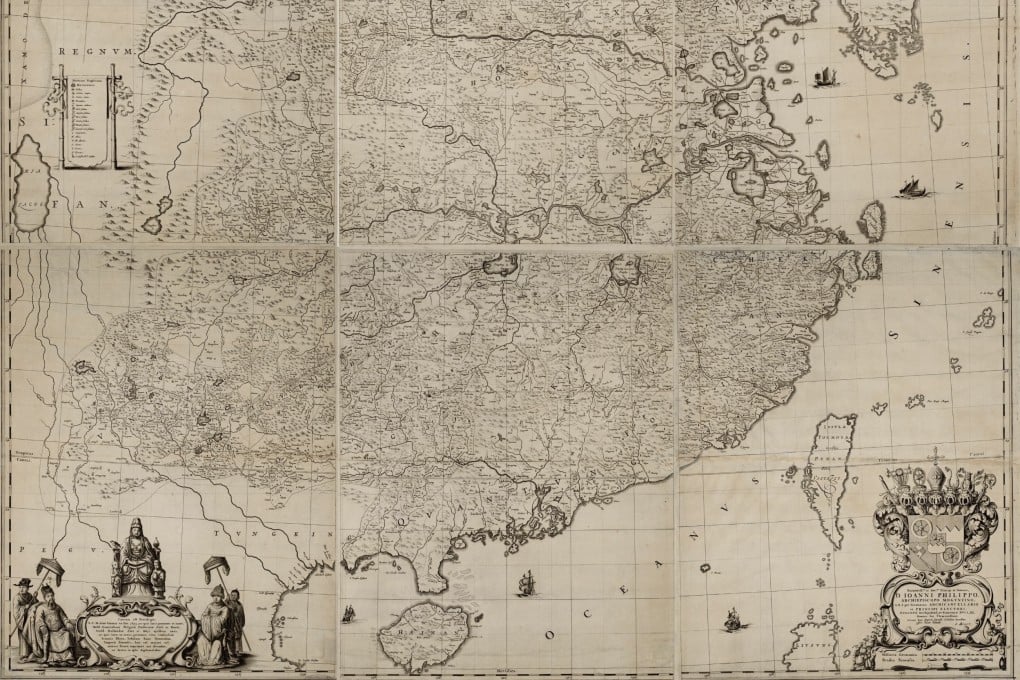How European maps of China helped paint a picture of the Middle Kingdom during the age of exploration
- 127 European maps of China made during the Ming and Qing dynasties feature in a book which shows how the Middle Kingdom was seen in the West, and by itself

The Kangxi emperor is unhappy.
By 1686 the second Qing monarch to rule from Beijing had largely completed the pacification of Ming territory, and was following earlier rulers in defining his newly established domain on paper. For foreign conquerors, this making of maps is particularly important.
To ensure the stability of their minority rule, the Manchu invaders adopted the traditions of the Chinese Confucian bureaucracy, at least in public, and supported the view that everything of importance was part of their empire. Anything else was minor, barbarian, peripheral and supplicant.

Much of the information needed had already been gathered. From as early as the 6th and 7th centuries Sui dynasty central governments had instructed local authorities to produce gazetteers, although in some areas these had been produced for centuries even before that.
They show the distances between key towns, and contain assorted information on the local economy, natural history, culture and famous personages.
